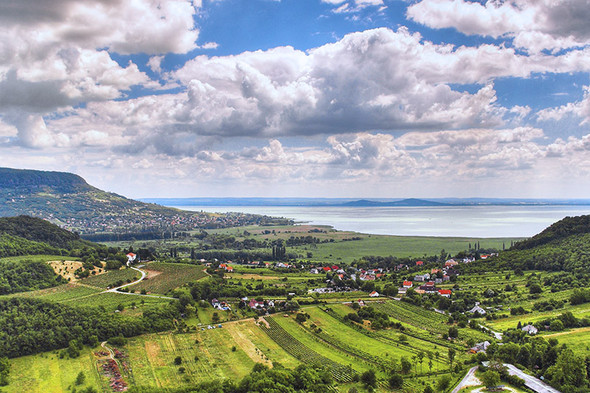In Hungary, anything that includes the word Balaton is a little bit like football or politics. Everybody is an expert in it, everybody knows something about it. There are hardly any people in this small country who do not have at least one experience with “Balcsi” (as Hungarians dub the lake). But of course, the writings on WineSofa are meant to those who have never been there or rather who live outside Hungary. So we hope, that with our next series of articles we can whet your appetite for an autumn trip and that many of our readers will visit the Balaton-felvidék wine region in Hungary.
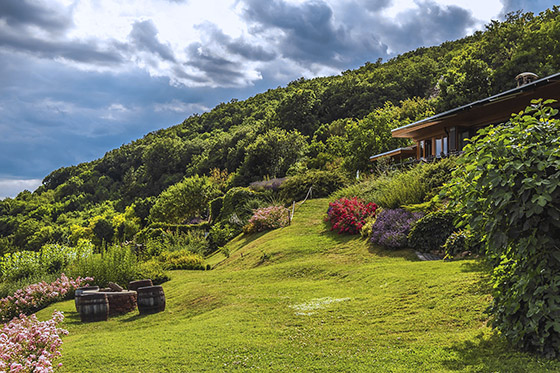
Just like anyone else in Europe, if we refer to the old age of anything we begin with “already in the roman times…” and this is also true to Balaton and its vicinity. Already about a hundred years before Christ, roman military emblems glinted in the sunlight reflected by lake water, but the legions did not only bring arms to the area. They soon realised that this territory is good for growing lavender, grape and almond and the climate along the lake shore is similar to that of the Mediterranean areas’ and that made them settle here. But they were unlucky to pick the time of their arrival since they could stay on the shore of, as they called it, Lake Pelso for only about 400 war-stricken years.
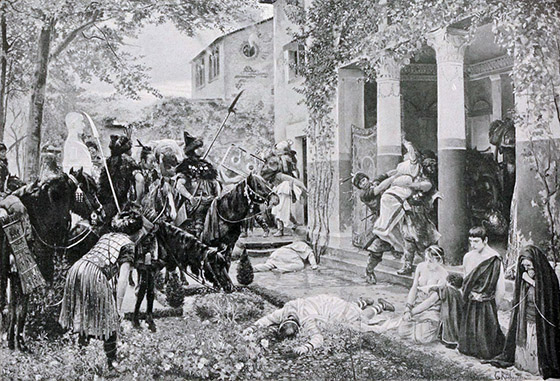
Those arriving in their place marched soon to the west lead by a powerful ruler, commonly known as “Attila, Scourge of God”. After the greatest battle of all times ending with the most memorable tie next to a small town named Tricassis (today Troyes) in Gaul (today France and also a roman province at the time) was over, the sons of the Gothic nation under the yoke of the Huns so far, were set free and tried to settle peacefully on the shore of the great lake. The Battle of the Catalaunian Plains, however, not only impaired the Huns but also the Western Roman Empire and the Goths were not famous for their peacefulness either. Theoderic the Great who was born at the shore of Balaton and tutored in the Byzantine Empire launched an attack against the Italian boot and, well, a lot may have learnt that in Ravenna, Theoderic buried Rome for good.
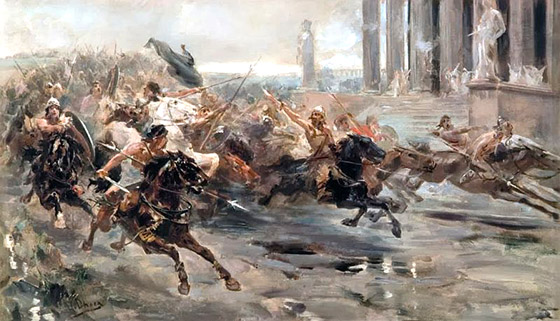
The next significant ethnical group to arrive were the Magyars (Hungarians) who appeared on this land in the 10th century and seeing its fantastic potentials and qualities they immediately and happily settled. Looking at the toponyms of the territory we can confidently assert that this spot is not only the heart of the county by being the most beautiful but by being the most ancient too. A proof of that are the signposts with ancient Hungarian names such as Fajsz, Jutas, Kenese, Lád, Lehel, Örs, Szalók, Vazul all indicating that the areas on both sides of the lake have been populated by Hungarians since the early ages of written history.
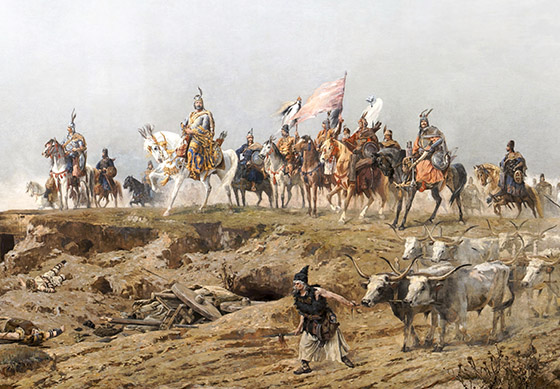
By the 11th century a system of counties was set up thus establishing also Somogy, Zala and Veszprém counties. The Mongol invasion of Europe did not really affect this region and although the ottoman troops flooding the territory after the Battle of Mohács also pillaged this land, they were unable to seize the most significant strongholds. Ottomans have never been able to take hold of Sümeg, for instance.
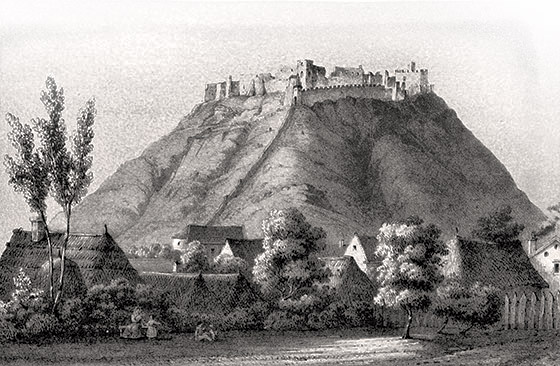
Unfortunately after Rákóczi’s War of Independence, the remaining strongholds were all blown up at the emperor’s command, so today there are no intact strongholds in Hungary at all. After the Treaty of Szatmár, tenures were transferred into the possession of different prominent families, on this area namely the Eszterházy and the Festetics families, but significant lands were possessed by the Church as well.
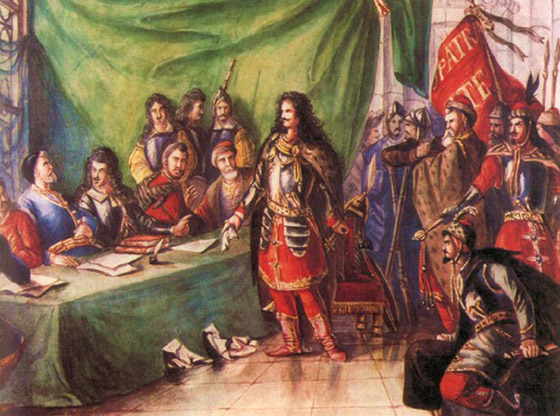
You can read more about the Balaton-felvidék in the second part of this article.



